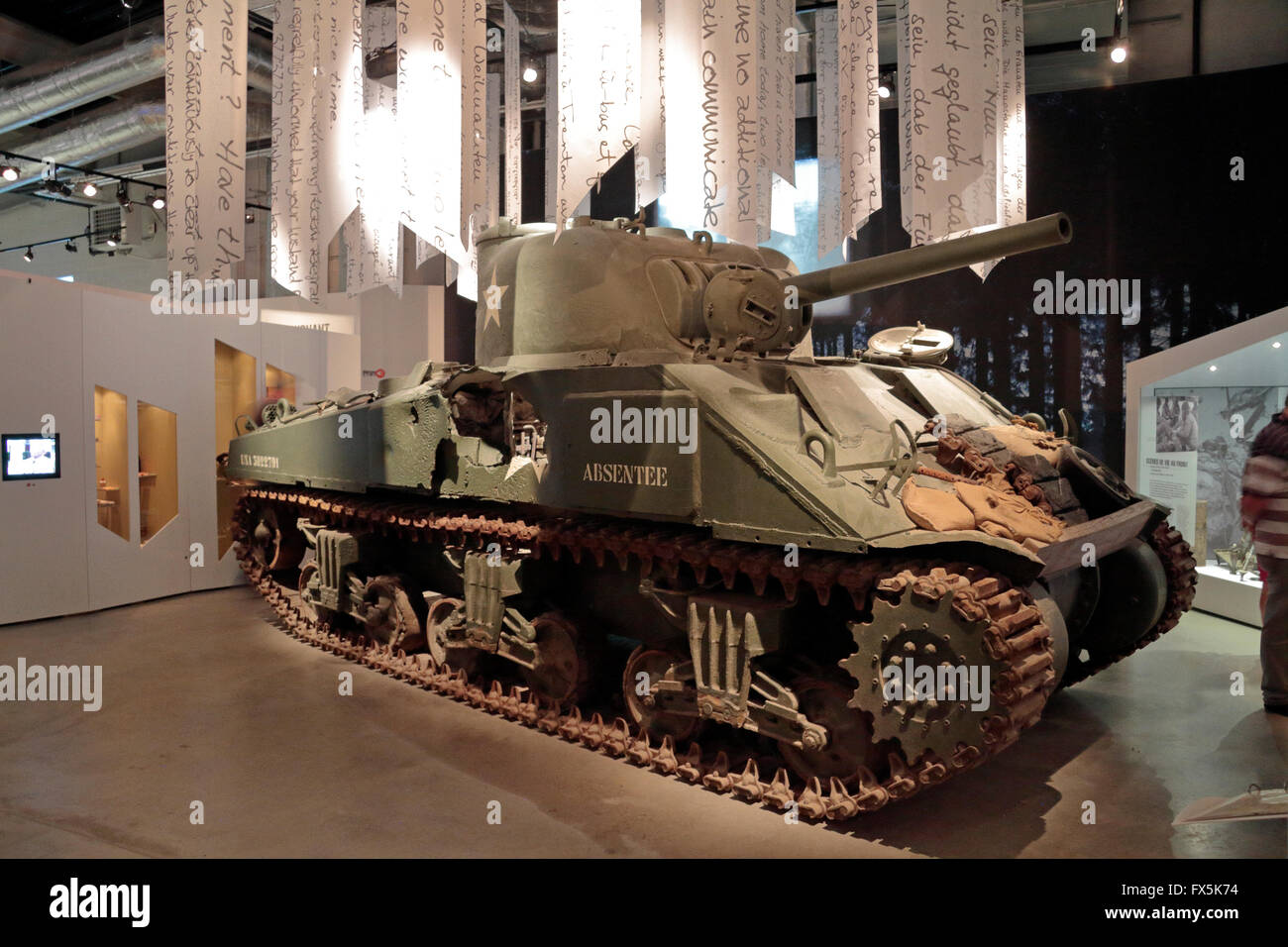

Assembly lines had to keep moving, no matter what.
#Sherman tank battles free#
The United Kingdom, Free French Forces, Poland, Brazil, New Zealand, China and the Soviet Union all deployed M-4s.Ī lot of armies depended on American factories to keep them in Shermans. Washington provided 21,959 tanks to Allied forces. Army and Marine Corps, which underwent a massive wartime expansion. The United States built a staggering 49,234 Sherman tanks between 19. The Sherman wasn’t the best tank, but thanks to efficient American production methods it would be the most prolific. military believed that although the Sherman was inferior to those tanks, the new German models would rarely appear on the battlefield. had failed to accurately forecast production of newer, more powerful German designs such as the Panther and Tiger. America concluded the Sherman was good enough. intelligence had assessed the Sherman as equal to the Panzer IV, the mainstay of the German tank force. The gun was more suitable for taking out less well-armed targets-half-tracks, artillery, infantry. It was powerless against the latest German tanks-particularly the Tiger and Panther. The Sherman’s 75-millimeter gun was also nothing special.


#Sherman tank battles plus#
Protection was unremarkable and required constant improvement-such as an extra inch of steel plate welded to the hull to protect main gun ammunition, plus a “wet stowage” system which bathed the ammunition in water to prevent it from detonating in the event of a direct hit. With steady upgrades, the Sherman would be the main American tank for the remainder of the war.Įven at the time of introduction, the Sherman was really nothing to get excited about. The M-4 featured a host of improvements based on British experience with the Grant in North Africa. Crew was just five, compared to the Grant’s seven. The new Sherman packed a single 75-millimeter gun. Enter the Shermanīack in America, tank designers were already working on a successor to the Grant. A new, more lethal version of the Panzer IV, the so-called “Mark IV Special,” had appeared three months before the battle. The British Army deployed 167 Grants against Panzer III and IV tanks from the German 15th Panzer Division.Īlthough the German Afrika Korps ultimately forced back the Brits, the appearance of the 75-millimeter gun-a first for the British-was a shock to the Germans.Īs adequate as the Grant was, the war was forcing the creation of faster, more lethal tanks almost by the month. The Grant’s baptism of fire was the battle of Gazala in North Africa in the spring of 1942. The Grant’s layout also gave it a high profile on the battlefield, making it easy to spot … and thus destroy. That may sound impressive, but the Grant packed two guns because the Americans lacked a single gun capable of engaging both infantry and tanks. The first American export, the M-3 Grant, had a 75-millimeter low-velocity gun mounted in the hull for engaging infantry, and a high-velocity 37-millimeter anti-tank gun in the turret. The British Army, partly out of desperation, bought American tanks. couldn’t produce everything it needed on its own. Losing France was a staggering blow to the Allies’ industrial production-the U.K. Shortly after the outbreak of World War II, the United States began supplying the United Kingdom with tanks. The American tank force idled until the war jumpstarted it. And the Great Depression exacerbated the problem-the R&D money ran out. Two tank philosophies, totally at odds with each other.


 0 kommentar(er)
0 kommentar(er)
